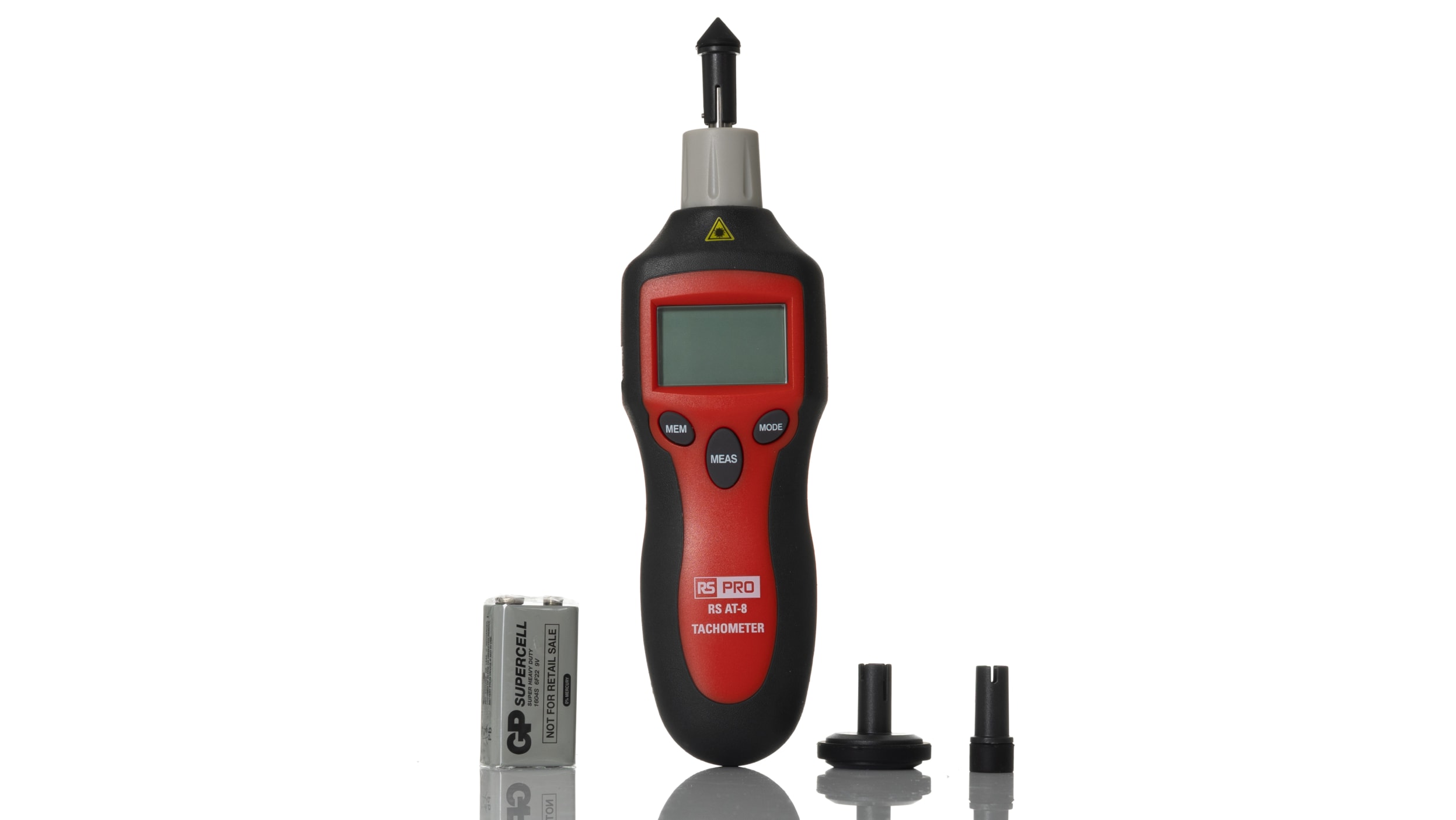Just How a Tachometer Aids Display Engine Wellness and Efficiency
Wiki Article
Trick Reasons That Having a Tachometer Is Essential for Maintaining Engine Health and Efficiency
This humble yet crucial tool plays a critical function in the maintenance of an engine's health and efficiency. By providing real-time information on engine rate and RPM degrees, a tachometer provides indispensable insights that straight impact the performance and longevity of the engine. Let's check out the vital factors behind its pivotal function in keeping engine health and efficiency.Protecting Against Engine Over-Revving

To safeguard the engine from prospective damage, it is vital to implement actions that stop over-revving, a technique that can lead to pricey repair work and lowered engine life expectancy. Over-revving happens when the engine's rotational speed goes beyond the maximum limit set by the producer, triggering undue tension on internal elements such as pistons, shutoffs, and linking rods. This too much pressure can lead to mechanical failings, including bent valves, damaged pistons, and also tragic engine failing.
One efficient step to prevent over-revving is the setup of a rev limiter. A rev limiter is a gadget that manages the optimum RPM (transformations per min) of the engine by either removing gas flow or stimulate to the engine when the pre-set limitation is reached. Furthermore, informing drivers and drivers on the importance of monitoring engine RPM through the tachometer can help protect against unexpected over-revving. Routine upkeep checks to make sure the engine is in ideal problem can also help in protecting against over-revving events and lengthening the engine's life-span. By adopting these preventive actions, the risk of engine damage due to over-revving can be significantly reduced.
Maximizing Fuel Consumption
Efficient fuel intake plays an important role in making best use of the performance and sustainability of an engine. tachometer. Maximizing gas intake not just assists in minimizing functional costs but also reduces the ecological influence of lorry emissions. By utilizing a tachometer to keep track of engine speed and readjust driving habits accordingly, drivers can achieve better gas efficiencyMaintaining a consistent speed and avoiding abrupt velocities and slowdowns can substantially enhance fuel economy. In addition, correct equipment selection based on the tachometer analyses makes sure that the engine operates within its optimum array, causing much more efficient gas combustion.
Frequently keeping track of the tachometer can also aid determine any inadequacies or mechanical problems that may be influencing fuel consumption. For example, an unexpected increase in gas usage without an equivalent change in driving behaviors might indicate a trouble that requires focus.
Tracking Engine Health
Keeping track of engine health and wellness is vital for making certain ideal performance and longevity of the automobile. By using a tachometer to monitor engine speed, chauffeurs can spot abnormalities that may indicate prospective concerns with the engine. A tachometer offers real-time information on engine changes per min (RPM), see this page permitting vehicle drivers to recognize any kind of uncommon spikes or decrease in RPM that could signal troubles such as misfires, damaged parts, or engine getting too hot.
Routinely keeping track of engine health through using a tachometer makes it possible for chauffeurs to deal with issues promptly prior to they intensify and trigger significant damage. As an example, identifying a decline in RPM might indicate gas distribution issues or a blocked air filter, while a sudden rise in RPM may point to concerns with the transmission or exhaust system. By staying cautious and responsive to changes in engine efficiency, chauffeurs can protect against expensive repairs and make certain the general wellness and effectiveness of their vehicle.
Increasing Engine Lifespan
Making sure the longevity of an engine calls for persistent upkeep practices and conscientious monitoring of crucial performance indications. Extending an engine's life expectancy is crucial for minimizing total car upkeep costs and preventing unanticipated breakdowns. A tachometer plays a considerable duty in this aspect by supplying real-time information on engine speed, enabling vehicle drivers and auto mechanics to make enlightened decisions to stop too much wear and tear.
Furthermore, routine maintenance based on tachometer readings, such as timely oil modifications and spark plug replacements, can considerably add to extending the engine's long life. Generally, integrating a tachometer into browse around this web-site routine engine monitoring techniques is crucial for maintaining the engine's wellness and effectiveness over the long-term.
Saving Money on Services
A tachometer aids in keeping track of the engine's RPM (changes per minute), making it possible for chauffeurs to run i loved this within the recommended variety. By remaining within these ideal RPM degrees, excessive stress on the engine can be stayed clear of, decreasing the probability of costly repair work due to straining the engine.Furthermore, by making use of the information from a tachometer to practice smooth velocity and slowdown, drivers can extend the life expectancy of their lorry's components, eventually conserving cash on maintenance and replacements. Generally, the understandings offered by a tachometer equip vehicle drivers to make informed decisions that can stop unneeded wear and tear on the engine, resulting in substantial cost savings over time.
Verdict
To conclude, a tachometer plays an important duty in maintaining engine health and effectiveness by preventing over-revving, enhancing fuel intake, checking engine health, prolonging engine life expectancy, and conserving cash on repair services. It is an essential tool for guaranteeing that the engine operates within safe limitations and carries out at its ideal, inevitably adding to the long life and overall performance of the lorry.Report this wiki page